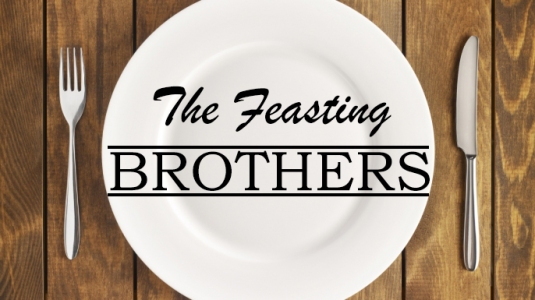 We visited Christian Campbell’s Tavern in Williamsburg, Virginia. They specialize in Southern Cuisine and Seafood with menu items that 18th century Virginians would have eaten. This restaurant is noted as a favorite of George Washington’s for seafood. Everyone working in the tavern is dressed in 18th Century clothing and we ate by candlelight. They create a historical experience. The food was magnificent. Everything was delicious. We really enjoyed the evening and very highly recommend it on a visit to Colonial Williamsburg. We left the tavern stuffed. See what we ate:
We visited Christian Campbell’s Tavern in Williamsburg, Virginia. They specialize in Southern Cuisine and Seafood with menu items that 18th century Virginians would have eaten. This restaurant is noted as a favorite of George Washington’s for seafood. Everyone working in the tavern is dressed in 18th Century clothing and we ate by candlelight. They create a historical experience. The food was magnificent. Everything was delicious. We really enjoyed the evening and very highly recommend it on a visit to Colonial Williamsburg. We left the tavern stuffed. See what we ate:










Interesting Information from their website:
WILLIAMSBURG, October 3, 1771.
I beg leave to acquaint the Publick that I have opened TAVERN in the House, behind the Capitol, lately occupied by Mrs. Vobe; where those Gentlemen who please to favour me with their Custom may depend upon genteel Accommodations, and the very best Entertainment. – *** I shall reserve Rooms for the
Gentlemen who formerly lodged with me. When Christiana Campbell announced her new location in the Virginia Gazette, she was already an experienced tavern keeper, having learned the business from her father. After her husband, apothecary Ebeneezer Campbell, died in the mid-1750s leaving Christiana with two young daughters, she opened a tavern in Williamsburg to support her family.
George Washington and other leading gentlemen of the colony who periodically came to town for business, politics, or pleasure often met with local residents at Mrs. Campbell’s tavern. ey dined, supped, or spent the evening drinking, visiting, and gambling in the public room or in another rst- oor room. Lodgers who reserved a private room slept upstairs in a chamber adjoining the public lodging room, where travelers shared beds with strangers when the tavern was crowded.
Informal groups of gentlemen and the Williamsburg Masonic Lodge met in the private club room in the 1770s. Lodge records indicate that the Masons occasionally hosted balls at the tavern. In December 1776, for instance, they agreed to “dine and Sup and have a Ball for the Entertainment of the Ladies at the House of
Mrs. Campbell’s as usual.”
Well-run taverns ourished in Williamsburg while it was the capital of Virginia. Mrs. Campbell retired around 1780 rather than follow the government when it moved to Richmond. A traveler stopped at her house one February day in 1783 and requested a re in the room and “Oysters Cook’d any way.” Mrs. Campbell retorted,
“I don’t keep a house of entertainment, nor have not for some years.” e disappointed traveler described Mrs. Campbell as “a little old Woman, about four feet high; & equally thick, a little turn up Pug nose, a mouth screw’d up to one side.”
Mrs. Campbell eventually moved to Fredericksburg, where she died in 1792 at the age of 70.
Today Christiana Campbell’s Tavern specializes in seafood. Artifacts found during excavation of the site and a sketch of the tavern drawn on a late 18th-century insurance policy aided in reconstructing the tavern. e deliberate mix of reproduction chairs, tables, and case pieces represents the kind of furniture that Mrs.
Campbell owned. e dinnerware is based on fragments of an 18th-century squirrel pattern excavated in Williamsburg. Other accessories—pewter and brass candlesticks, tin sconces, and framed prints and maps—are typical of those that would have been used in an establishment like Mrs. Campbell’s, which was neither the most elegant nor the most common tavern in town.
